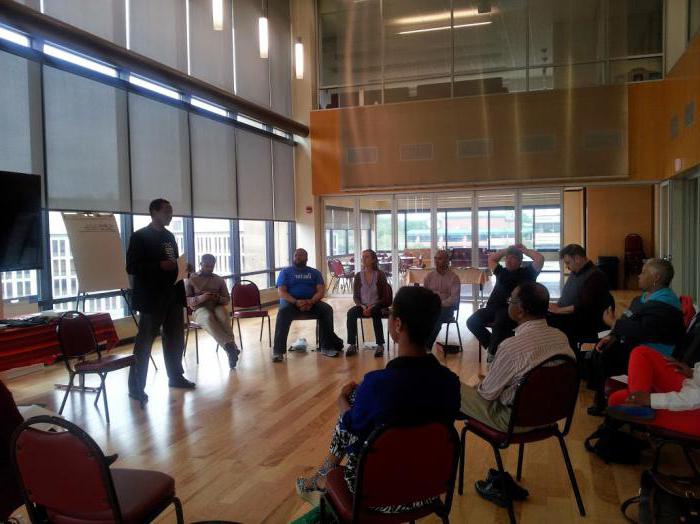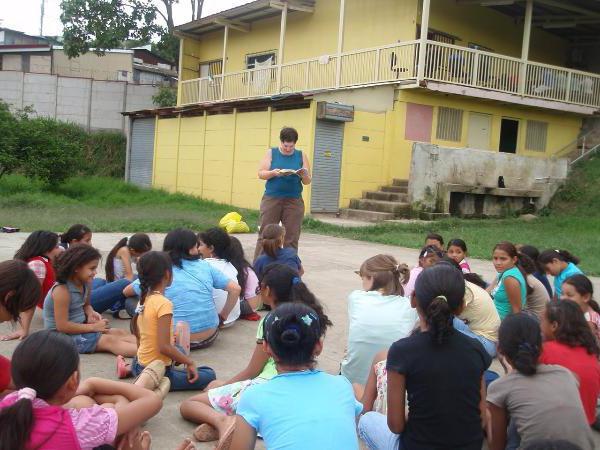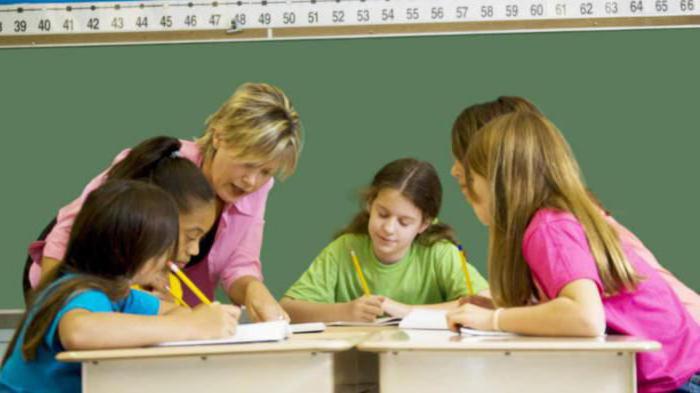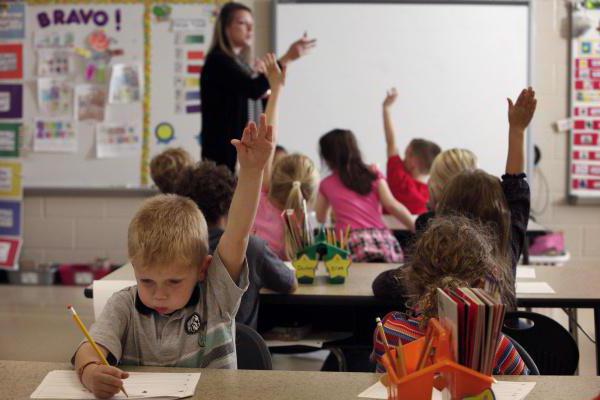Russian education has undergone many changes in recent years. The government is implementing numerous reforms in this area. The volume of information that students receive is significantly expanding, and the methodological basis of pedagogy is also changing.

In modern educational institutions, interactive methods are widely used, as well as modern means of obtaining information: computers, the Internet, interactive whiteboards, and much more. In such conditions, it is important to actively put into practice new approaches to learning. Among them, the most effective and long-established one is the system-activity approach in education. Currently, it is taken as the basis of the Federal State Educational Standard.
The concept of a system-activity approach and its goals
The system-activity approach is such a method in which the student is an active subject of the pedagogical process. In this case, the teacher is important student self-determination in the learning process.
The main goal of the system-activity approach in training is to arouse a person's interest in the subject and the learning process, as well as develop his self-education skills. Ultimately, the result should be the education of a person with an active lifestyle, not only in training, but also in life. Such a person is able to set goals, solve educational and life tasks and be responsible for the result of his actions. To achieve this goal, teachers must understand: the pedagogical process is, first of all, a joint activity of the child and the teacher. Training activities should be based on the principles of cooperation and mutual understanding.
GEF framework
At the heart of the Federal state educational standard lies the system-activity approach. GEF poses new challenges for teachers.
- The development and education of the individual in accordance with the requirements of the modern information community.
- The development of students' ability to independently receive and process information on educational issues.
- Individual approach to students.
- The development of communication skills in students.
- Orientation to the application of a creative approach in the implementation of pedagogical activities.
The system-activity approach as the basis of the GEF helps to effectively implement these tasks. The main condition for the implementation of the standard is the inclusion of students in such activities, when they independently will carry out an algorithm of actions aimed at obtaining knowledge and solving the educational tasks assigned to them. The system-activity approach as the basis of the Federal State Educational Standard helps to develop children's self-education abilities.

Basic principles
The system-activity approach at school will be effective only if certain methods are applied, the list of which is given below. These are the methods:
- activities;
- consistency;
- minimax;
- psychological comfort;
- creativity.
Each of them is called upon to formulate the versatile qualities of the child’s personality that are necessary for successful learning and development.
Principle of operation
The system-activity approach in education is based on this principle. For its implementation, the teacher must create in the lesson such conditions under which students do not just get ready-made information, but they themselves get it.
Pupils become active participants in the educational process. They also learn to use a variety of sources of information, to put it into practice. Thus, students not only begin to understand the volume, form and standards of their activities, but also are able to change and improve these forms.
Principle of system
The second most important principle of the system-activity approach is the principle of consistency. Its meaning is that the teacher gives students holistic, systematic information about the world. For this, it is possible to conduct lessons at the intersection of sciences.
As a result of the implementation of this principle, a holistic picture of the world is formed in students.
Minimax principle
To implement the minimax principle, an educational institution should provide the student with the maximum learning opportunities and ensure that the material is mastered at the minimum level specified in the Federal State Educational Standard.
Principles of psychological comfort and creativity
It is important to have psychological comfort in the classroom. To do this, the teacher must create a friendly atmosphere in the classroom and minimize possible stressful situations. Then the students will be able to feel relaxed in the lesson and better perceive the information.
Of great importance is the teacher's observance of the principle of creativity. To do this, he must stimulate creative approaches to learning, give students the opportunity to experience their own creative activities.

Core technology
In order for the system-activity method to work efficiently, various technologies have been developed in pedagogy. In practice, teachers apply the following technologies of a system-activity approach.
- The problem-dialogic technology is aimed at setting a training problem and finding a solution. In the process of the lesson, the teacher together with the children formulates the topic of the lesson and in the process of interaction they solve the set educational tasks. As a result of such activities, new knowledge is formed.
- Thanks to the use of assessment technology, students form self-control, the ability to evaluate their actions and their results on their own, to find their mistakes. As a result of applying this technology, students develop motivation for success.
- The technology of productive reading allows you to learn to understand what you read, extract useful information from the text and form your position as a result of familiarization with new information.
Thus, these technologies develop many important qualities: the ability to independently receive and process information, form your opinion on the basis of the information received, independently notice and correct your mistakes. It is important for a modern teacher to master these technologies, since they help to implement the requirements for the implementation of the pedagogical process, prescribed in the Federal State Educational Standard.
The implementation of the system-activity approach in practice
The application of this approach is effective only if its principles are put into practice correctly. The teacher must draw up a lesson plan and conduct it in accordance with the basic principles of the system-activity approach to learning. A lesson should consist of several stages.

During the first stage, the teacher formulates the content and developmental goal of the lesson. It should clearly indicate what exactly the student will learn in a particular lesson and how he will do it, and also explain what kind of activity the student should carry out to obtain and learn new knowledge.
The next stage is motivational. The teacher actively applies methods and techniques aimed at enhancing the cognitive activity of students, creates the conditions for independent cognitive activity of children, helps to create an atmosphere of cooperation in the lesson and a “success situation” for each student individually.
This is followed by the stage at which the teacher selects the content of the educational material that is relevant to the topic and the developing purpose of the lesson. Together with students, he designs a method, scheme, and algorithm for solving the problem posed in the lesson.
At the next stage, the teacher organizes cognitive activities and cooperation between the children, as well as the individual work of each student.
At the stage of selecting teaching methods, the teacher applies the latest teaching methods and shows students how to get information from books, the Internet and other sources. Also teaches them to systematize the information received: draw up diagrams, tables, graphs and charts. The teacher must apply the latest interactive teaching methods and non-traditional forms of lessons.
The last stage is reflection. At this time, the teacher, together with the students, summarizes the lesson, analyzes their activities during the lesson and teaches them to independently evaluate the results of their work according to pre-prepared criteria. Depending on the results of activities in the lesson, the teacher gives students homework.
For the implementation of the system-activity approach to be complete, it is necessary to study not each subject separately, but to engage in interdisciplinary study. If practical lessons from real life at the junction of sciences will be set for students in the lessons, the learning process will be more memorable and interesting for them. Accordingly, the program will be absorbed more actively. Also, students will better understand the relationship between different scientific disciplines.
Features of the system-activity approach in elementary school
Primary school is the most important stage of school education, on which the basis of the child’s personality is laid. As a rule, during this period his communicative abilities, ability to receive information from various sources are formed. And also develops the self-esteem of the student and his attitude to the educational process.

An elementary school teacher should carefully plan lessons, taking into account the following psychological characteristics of primary school students:
- children at this age more easily perceive information in a playful way;
- junior schoolchildren have poorly developed communication skills;
- children in primary school do not have self-education skills.
Given these characteristics of the personality of a younger student, the teacher should be creative in conducting the lesson, to include game elements in educational activities as much as possible. The teacher should organize dialogue between students in the lesson to develop communication skills. It should be borne in mind that it can be difficult for children to work simultaneously with several classmates. Therefore, when forming groups, it is worth dividing the children into pairs. It is important to introduce the guys to the methods of obtaining information on their own. However, it is worth remembering that they are not yet capable of full-fledged independent educational activities and often need the help of a teacher.
If the teacher takes into account the psychological characteristics of children, the system-activity approach in elementary school will yield positive results and help students acquire the skills necessary for further education.
System-activity approach in school subjects
Children learn a school curriculum with varying degrees of intensity. Some are more prone to humanitarian subjects. It is easier for these children to master such subjects as literature, history, social studies, etc. Accurate disciplines are easier for others. The system-activity approach helps to smooth out these differences. Mathematics, physics, chemistry and other exact sciences will be more understandable to humanities children if they themselves find the necessary material, systematize it, discuss problematic issues during educational discussions. It is using active methods that integrates various fields of knowledge. Also, the system-activity approach and its methods will help to master humanitarian subjects for those students who have a mathematical mindset and prefer exact sciences.Thus, new methods and technologies allow each student to master the mandatory minimum of knowledge that is provided for by the Federal State Educational Standard.

Application Results
The results of applying the system-activity approach can be divided into 3 groups: personal, meta-subject and subject.
Personal results include the manifestation by students of the ability to self-study and self-development, the development in children of motivation to acquire new knowledge, the formation of their individual views and values.
The meta-subject results include the development of basic educational activities: the ability to learn science, regulate one's educational activities and communicate with classmates and teachers in the learning process.
The subject results are the acquisition of basic knowledge in basic subjects, the ability to transform the knowledge gained, put it into practice. Also the objective result of the approach is a holistic picture of the world based on modern scientific knowledge.
Thus, the system-activity approach to learning allows you to effectively achieve results that are the basis of a harmonious personal development of the child.
The value of the system-activity approach in modern education
The system-activity approach helps to solve an important educational task of our time - the development of children, the formation of active personalities and competent professionals. As a result of such training, children not only learn the school curriculum, but also acquire many useful skills that will help them in life and professional activity. Also in the process of such training, a system of human cultural values is formed.

All these qualities are very important in conditions of constant updating of information. The Internet, the press, television operate with a huge amount of information. It is important for a person to be able to find relevant knowledge, systematize and process it. A person with such qualities is in demand in modern society and will contribute to its development.
That is why a system-activity approach is the basis of modern Russian education.



